Two small Apex helper methods to calculate the start and end dates of the previous quarter based on Date.today(). Useful for reports, filters and scheduled batch logic.
Overview
When working with time-based reporting and automation in Salesforce, you often need to query records that belong to a specific quarter — for example, the previous quarter. The two Apex helper methods below provide a compact, reusable way to calculate the previous quarter’s start and end dates using only native Date operations.
Utility methods
Include these private helper methods in a utility class or directly inside your Apex class where you need date range calculation. The logic determines the first month of the current quarter, subtracts three months to reach the previous quarter, and adjusts the year if needed.
// Helper method to get the start date of the previous quarter
private Date getStartDate() {
Date today = Date.today();
Integer currentYear = today.year();
Integer currentMonth = today.month();
// Determine the first month of the previous quarter
Integer previousQuarterStartMonth = ((currentMonth - 1) / 3) * 3 + 1 - 3;
// Adjust the year if the previous quarter falls in the previous year
if (previousQuarterStartMonth <= 0) {
previousQuarterStartMonth += 12;
currentYear--;
}
// Return the first day of the previous quarter
return Date.newInstance(currentYear, previousQuarterStartMonth, 1);
}
// Helper method to get the end date of the previous quarter
private Date getEndDate() {
Date previousQuarterStartDate = getStartDate();
// Add 3 months and subtract 1 day to get the last day of the quarter
return previousQuarterStartDate.addMonths(3).addDays(-1);
}
How it works
- The expression
((currentMonth - 1) / 3) * 3 + 1computes the first month of the current quarter. - Subtract 3 to move to the previous quarter.
- If the result becomes 0 or negative, add 12 and decrement the year to handle Q1 & year boundaries.
- The end date is simply three months after the start date, minus one day.
Example
If Date.today() is 25 April 2025, getStartDate() returns 2025-01-01 and getEndDate() returns 2025-03-31. Use these values for SOQL date filters, reporting ranges, batch job windows, or scheduled data exports.
Best practices and usage
- Wrap these methods in a utility class (e.g., DateUtils) so they can be reused across triggers, batch jobs, and schedulable classes.
- Consider adding unit tests for boundary dates (e.g., dates in January, April, July, October) to ensure year transitions behave as expected.
- If you need fiscal quarters that don't align to calendar quarters, refactor the logic to use your org's fiscal start month.
These helpers are lightweight and do not rely on any custom metadata—ideal for simple date-range calculations used in reporting, automation, and data processing.
Why this matters
Accurate quarter boundaries are essential for consistent reporting, timely automation, and correct SLA/time-window calculations. Providing a small, tested utility reduces risk and duplication across your org's Apex code.
For Salesforce admins, developers and business users: consolidating date logic into a shared utility ensures reports, scheduled jobs, and automations all use the same definition of 'previous quarter', preventing inconsistent results and simplifying maintenance.


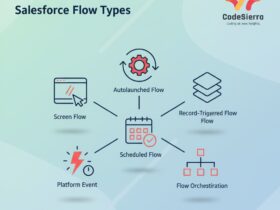
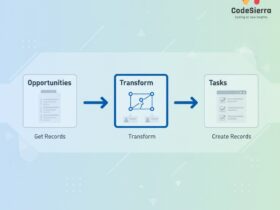
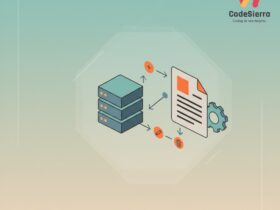
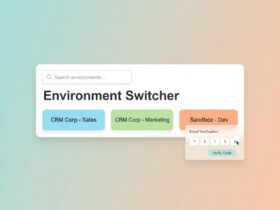

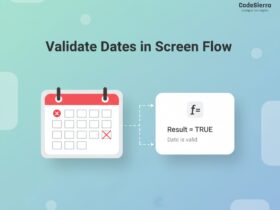

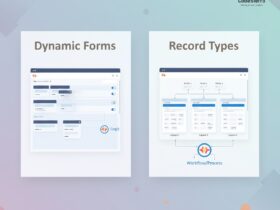
Leave a Reply